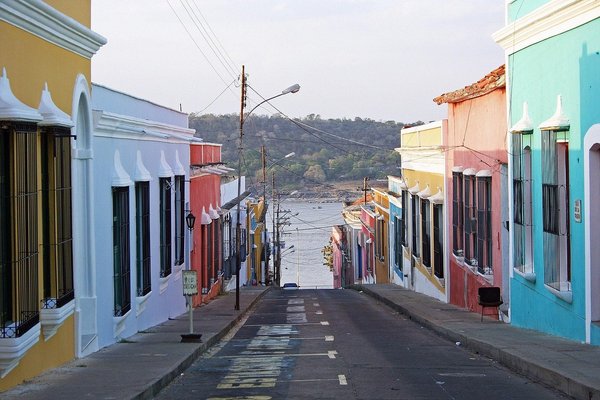Venezuela
Ciudad Bolivar
Ciudad Bolivar in the narrowness of the Orinoco River is a mixed site highlighting the cultural landscape that developed along a narrow stretch of the second largest river in South America by volume. The cultural landscape is defined by the granite outcrops of the narrows, which led to settlement by indigenous peoples and the establishment of the colonial river port city now known as Ciudad Bolivar in the 18th century. This site also recognizes the geologic rock formations that created this river channel, and the flora and fauna residing in this landscape, including the endangered West Indian manatee and the tucuxi, also known as the river dolphin.
Site Info
Official Information
- Full Name
- Ciudad Bolivar in the narrowness of the Orinoco River (ID: 1804)
- Country
- Venezuela
- Status
-
On tentative list 2003
Site history
History of Ciudad Bolivar
- 2003: Added to Tentative List
- Added to tentative list
- Type
- Mixed
- Criteria
Links
- UNESCO
- whc.unesco.org
All Links
UNESCO.org
- whc.unesco.org — whc.unesco.org
Community Information
- Community Category
- Natural landscape: Rivers, Wetlands and Lakes
- Cultural Landscape: Continuing
Travel Information
Recent Connections
News
No news.
Community Reviews
Show full reviews
Site visited in March, 2011. Ciudad Bolivar is a perfect place to start exploration of Canaima National Park (at least the western part around Canaima village and Auyan-Tepui). From Ciudad Bolivar local airport there are flight to Canaima (small planes with 6 seats). But the town has also its own attraction – old town (Casco Historico), pretty nice set of colonial houses, old churches, cobblestone streets, everything located on a hill overlooking Orinoco river.
It is not as spectacular as Cartagena or equally charming as Mompox but it is quite similar to Coro (in terms of architecture style) and much bigger. The layout of old town had to be adjusted to natural conditions (hills) while Coro was located on a flat place.
Notable monuments are: Cathedral Santo Tomas Apolstol, Town Hall (Alcaldía del Municipio Heres) with its passage over the street, old colonial houses (Casa Parroquial, Casa de los Gobernadores, Casa de las Doce Ventanas), El Zamuro Castle (Fortin El Zamuro) Ciudad Bolivar was built at the end of XVI century as Saint Thomas of Guyana, later constantly demolished by local tribes or pirates and rebuilt in different places. Actual and final location was chosen in late XVIII century as San Tomas de la Nueva Guayana or San Tome de Angostura to memorize its diocese and for its position at the first narrows of the Orinoco River. Later on, Angosura played important role as a parliament seat during South America independence movements, it was also a place where …
Keep reading 0 comments